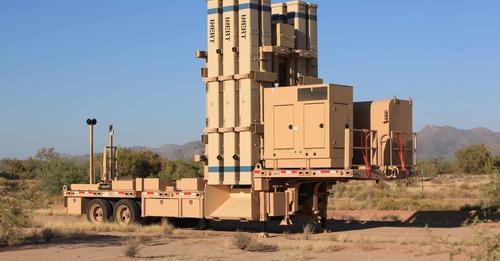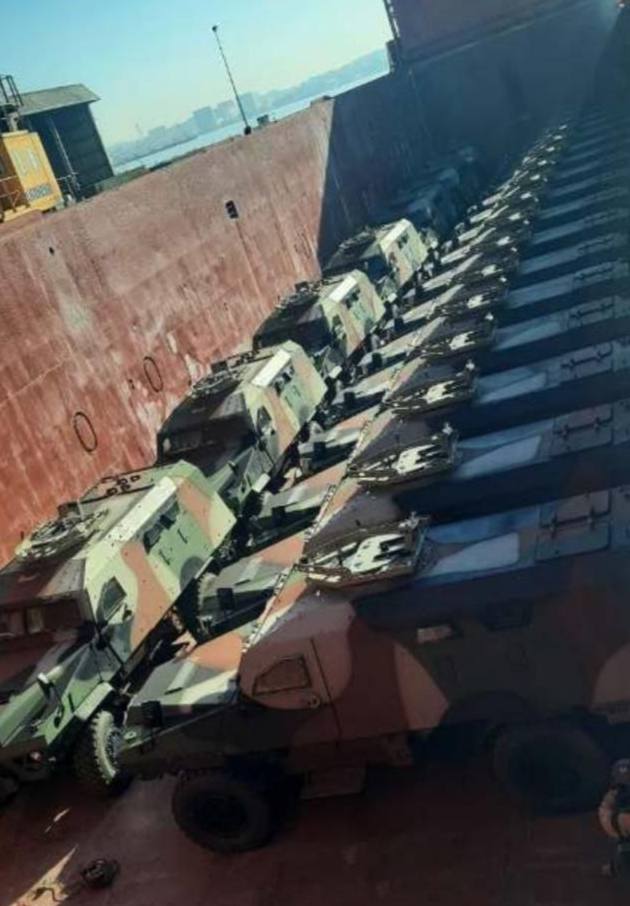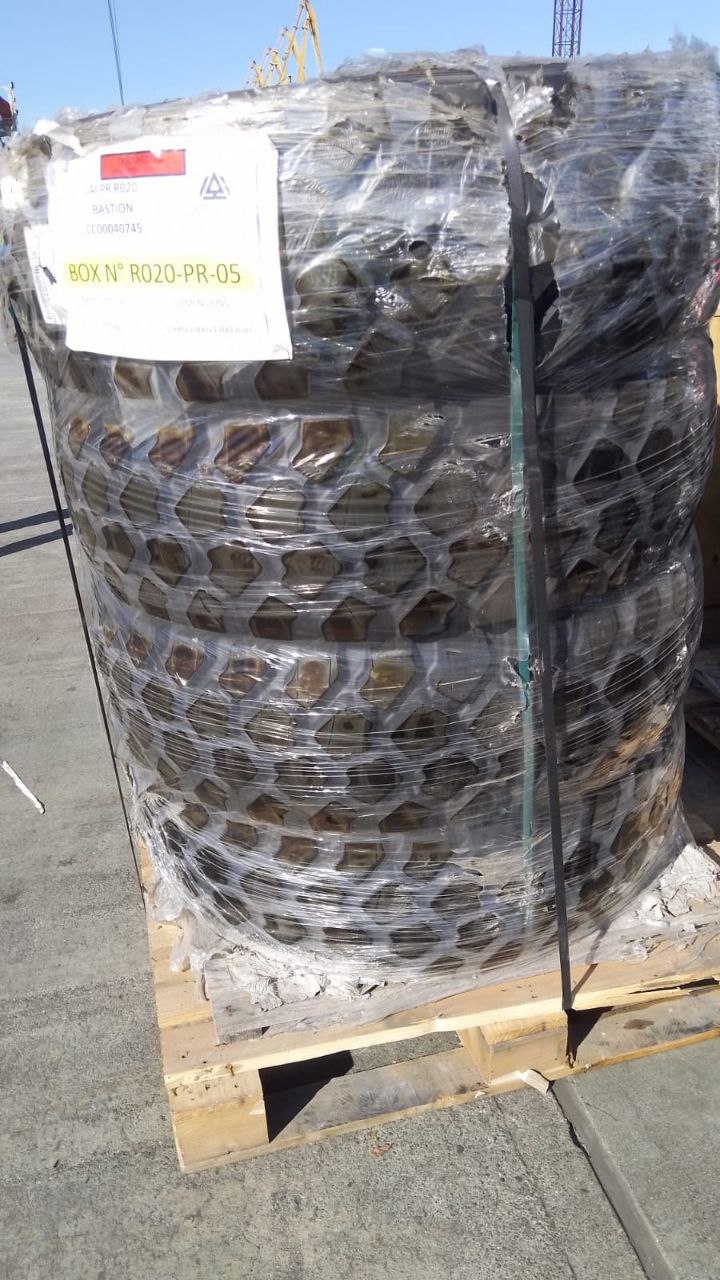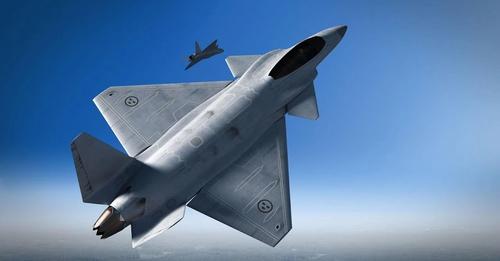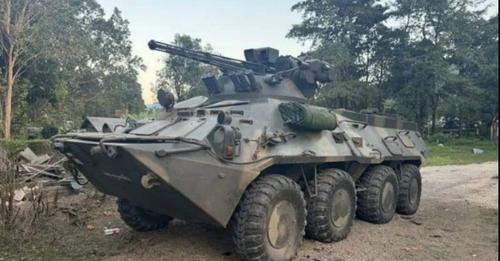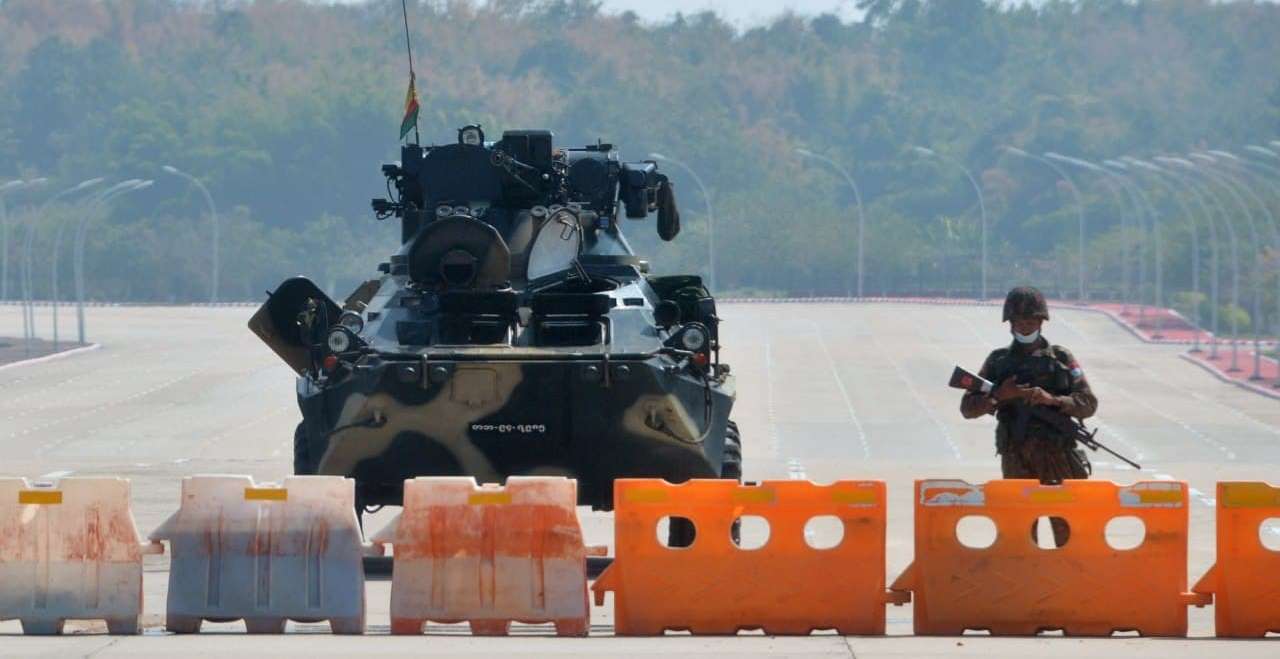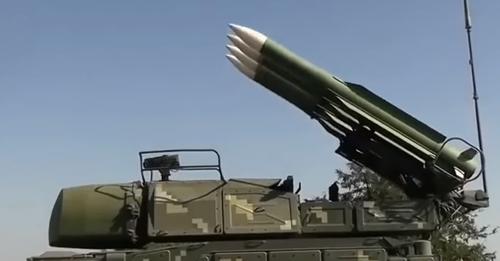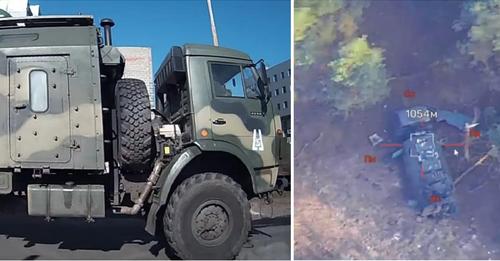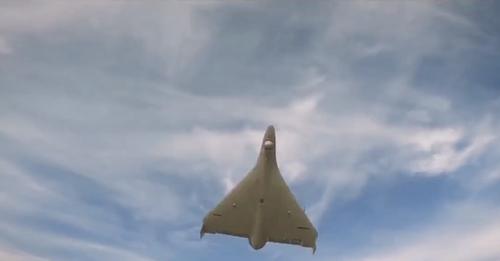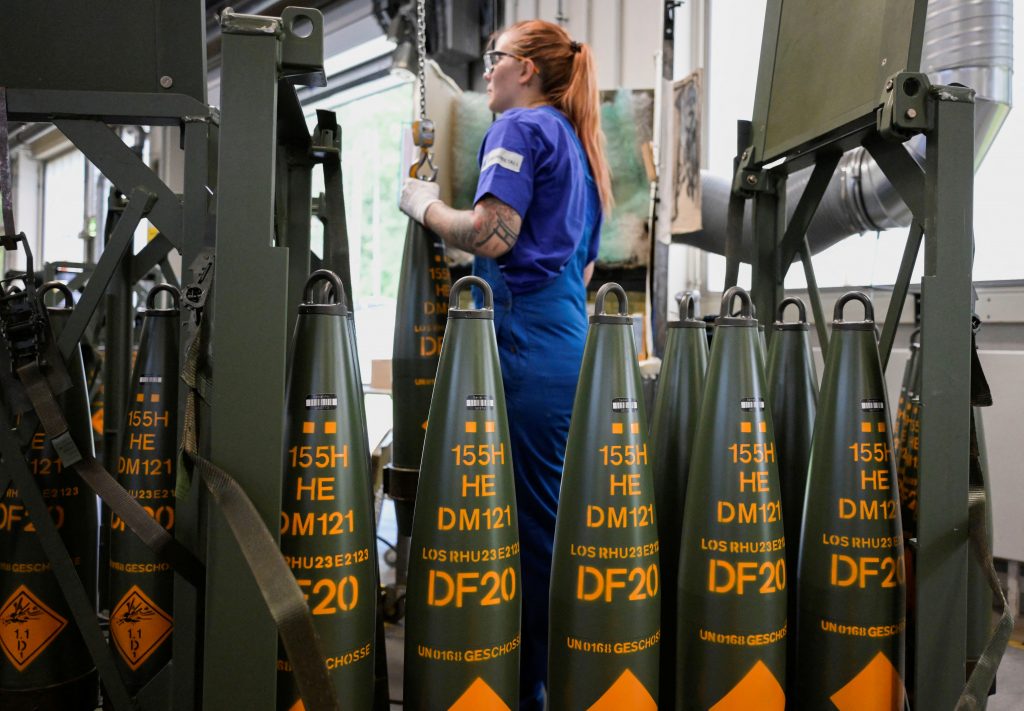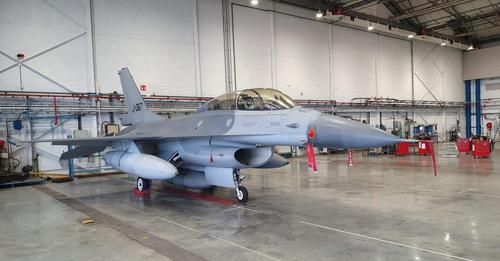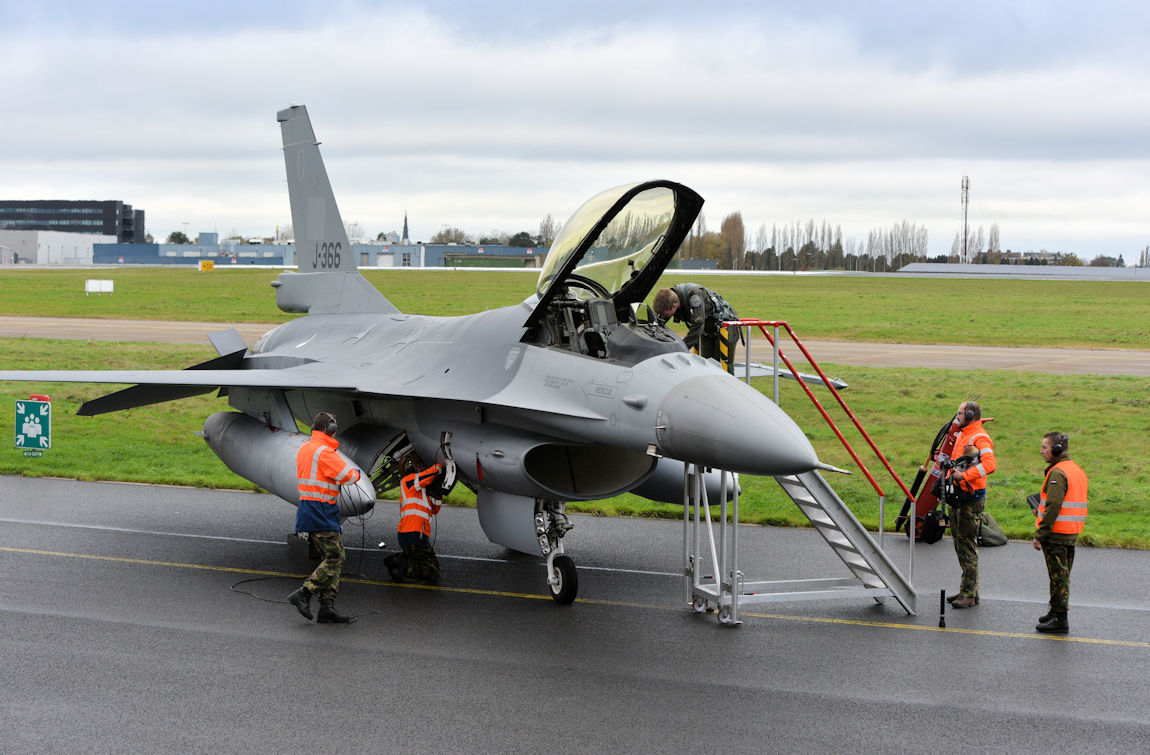The arsenal of Russian artillery was extended with 120-mm high-explosive mortar shells made in North Korea.
The supporting pictures were published on social media.
An article by Vodohrai on Militarnyi notes that Russian guidance documents call 120-mm North Korean-made mines “Izdeliye 120-1”.
When firing this ammunition, the mortar crew must consider the range correction using standard artillery range tables.
The documents indicate that when fired from a 2S12 mortar, the “Izdeliye 120-1” arrives closer than the Soviet “brother” OF-843B.

It is noted that when firing, it is necessary to make corrections of 4-5% depending on the charge number:
“Sixth” charge – plus 4% range;
“Fifth” charge – plus 5% range;
“Fourth” charge – plus 4% range;
“Third,” “Second,” and “First” charges – plus 5% range.
Militarnyi has repeatedly reported on the supply of ammunition from the DPRK to Russia.
The statements by South Korean MPs revealed that North Korea had shipped more than a million artillery shells to Russia since August.
Read more about Russian ammunition of North Korean origin in the article “Juche projectiles: North Korea tracks in Russo-Ukrainian war“
The DPRK also deployed advisors to Russia on the use of ammunition, which would be enough for about two months of shelling.
Intelligence also reports that North Korea’s munitions plants are operating at full capacity to meet Russia’s needs.
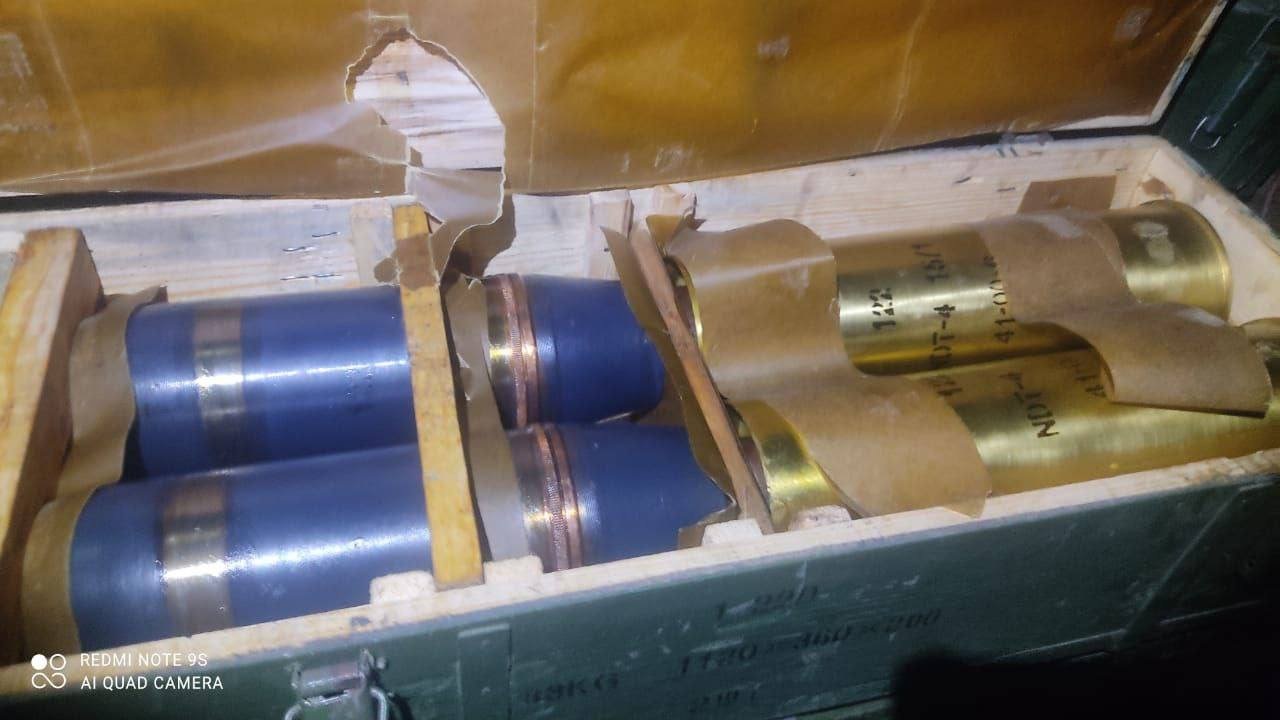
The main advantage of DPRK-made ammunition is that it can be used with Soviet-type artillery systems.
Recently, John Kirby, Coordinator of the National Security Council at the White House, reported that North Korea supplied Russia with more than 1000 containers of military equipment and ammunition for their further use in the war against Ukraine.

